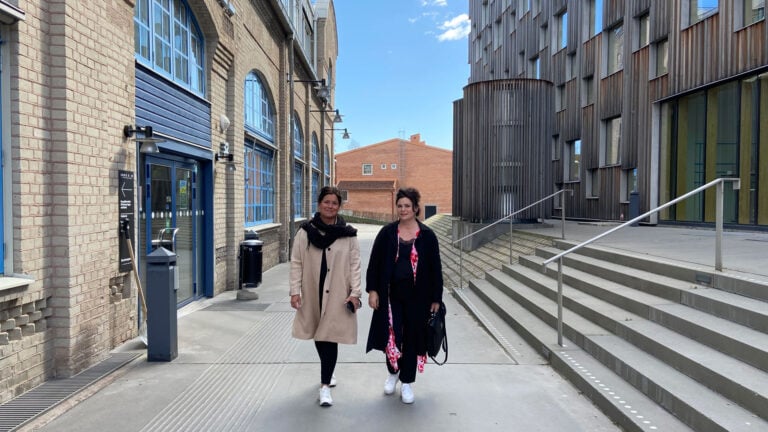What is a good customer experience and how can we help shape it? Whether you run an e-commerce business, a physical store, a restaurant or, for example, a visitor destination, these are two important questions to consider. The customer experience is all about the overall impression of a business, and taking control requires good planning and close dialogue with the customer - so the experience can be directed to the benefit of both the business and the customer.
This guide is about reflecting on the story you want to tell the customer and in doing so, helping to shape the experience. Shaping the customer experience is also about the ability to build the brand into the environment, i.e. making sure that the values you stand for also shape the impressions the customer encounters. This could be how your digital or analogue environment is designed, how other customers talk about you, what they read about you in the newspaper, the experience of your marketing or the conversation with your staff. Everything a company stands for and does is interconnected in the eyes of the customer, and whatever the channel, impressions are interpreted.
A good customer experience also creates the conditions for the customer to choose to consume your goods or services. In addition, ensuring efficient customer and goods flows makes it easier for visitors and staff alike. This can be done by presenting goods and services in a logical order or by creating 'hotspots'. A hot surface means that the customer stops and pays attention to what you want to make visible. It can be about creating an effective visual surface, hooks in pedestrian flows or various forms of natural obstacles that force the customer to stop. These are issues that are equally important whether you are working digitally or analogue.
Reflection questions: on shaping customer experiences
- How is your brand reflected in your environment (physical and/or digital)?
- What do you want your customers to think, feel and think about you?
- How do you communicate this to your customers today?
- Do you know how the customer experiences the first ten seconds in your environment? If not, how can you find out?
- How do you work with hot surfaces? How could you create and re-create these (digitally and/or analogue)?
- Do you present your goods and services in a logical order?
It is likely that working on these reflection questions will lead to changes. These also need to be monitored to ensure that you are achieving the desired effect. One way might be to measure the number of visitors or completed purchases. Another way may be to have established and sustainable customer relationships that enable you to engage in dialogue and follow up on the changes you have made.






